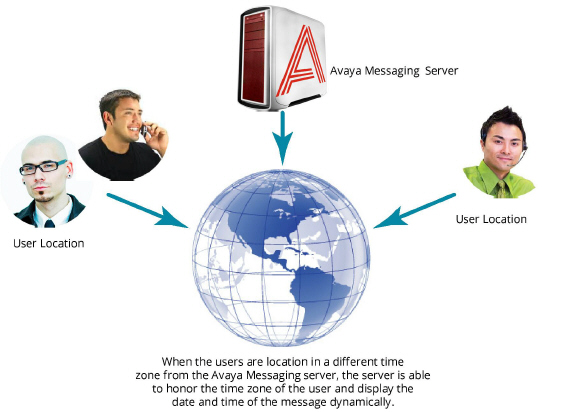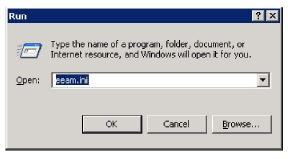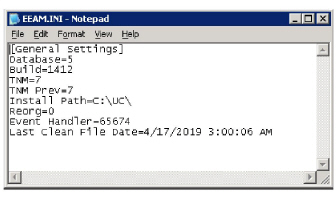
Avaya’s Avaya Messaging has built in mail capabilities, including Unified Messaging integrated to multiple mail environments. Since many of our customers have implemented the Avaya’s Avaya Messaging as a centralized messaging platform, it is desirable to offer users who access Avaya’s mail components to be presented their messages in their time zone.
The following document outlines the steps to configure the UC Server to use this functionality.

When you configure the multiple time zone support feature for your users, they will be able to access their messages anywhere around the world and see the messages in relation to local time rather than the server’s time. This will reduce any confusion over when the message was received and offer the users a care-free user experience.
|
Requirements |
Details |
|---|---|
|
License |
--- |
|
Software |
Officelinx/IX Messaging version 8.5 - 10.8 Avaya Messaging version 11.0 or higher |
|
Important: In an HA installation, all servers must have the same time zone set under Windows Date / Time settings. If the servers are configured for different time zones, the timestamps will not play correctly. |
With Avaya Messaging installed on the server, you will need to edit the EEAM.INI file, located in the WINDOWS folder of your system.
1.Go to Start > RUN, and type EEAM.INI in the space provided.
Click OK.
NotePad will open and display the contents of the file.

2.Add the following line to the EEAM.INI file:
Honor Timezone for Message = 1

3.Save the file, and close the editor. RESTART the PC for the change to take effect.
Your system is now ready to manage multiple time zones.
|
Caution: In order to specify your time zone, you will need to edit your Location Calendar. Each time you access your mailbox, either through the phone, the web or any other component, your CURRENT time zone will be determined by your active location calendar. Make sure this is specified. |
|
Note: If the user does not have access to Web Access to specify their location calendar, an Administrator will need to set this using Avaya Messaging Admin. |
The Time Zone feature supports:
• All Messages presented via any device will be in the user’s local time.
• Call History will be presented in the user’s local time.
• Calendar events made using Outlook will be retained in the user’s local time as defined by their Location Calendar. For example, if the user’s PC where Outlook is running is set for Eastern time, but the Location Calendar is defined as Pacific, then any appointment created by the client from Outlook will be offset from Eastern time to Pacific, as specified by the user’s Location Calendar.
The Time Zone feature does NOT support the following:
• Notification schedules – any schedule defined must be defined in the Server’s time. For this reason, Web Access will now show the server’s time in a window to assist the user.
• Future message delivery – message delivery must be defined in the Server’s time.
• Wakeup Call – All events must be defined in the Server’s time.
• Any other function where time and date are entered by the user.